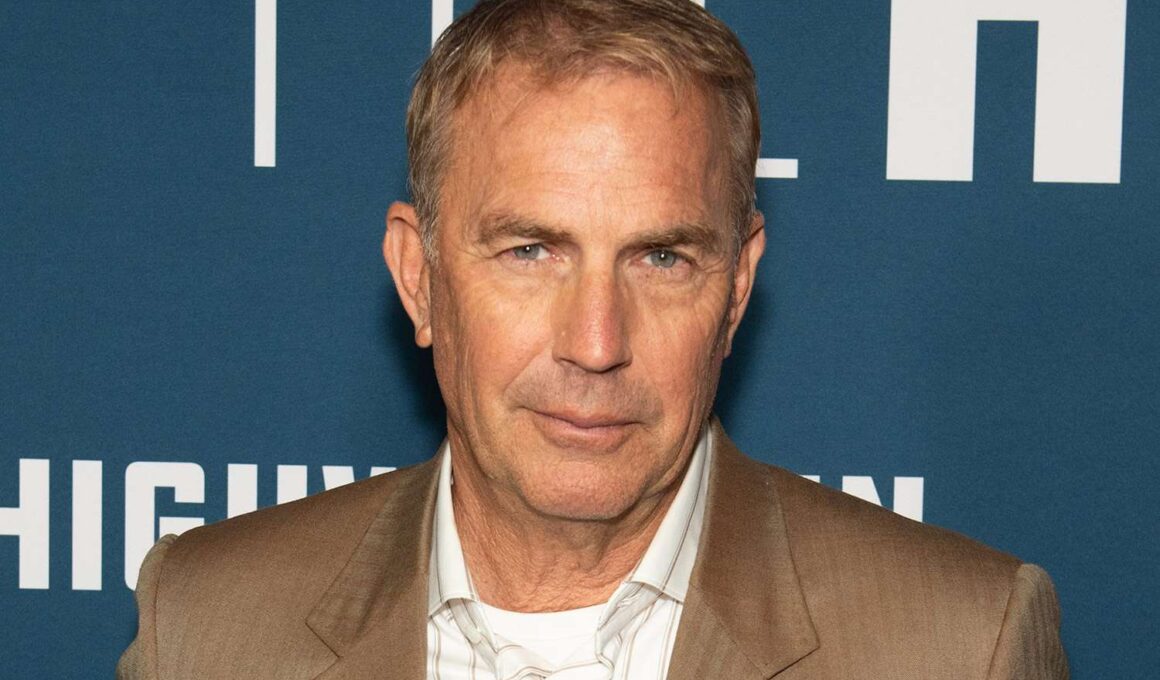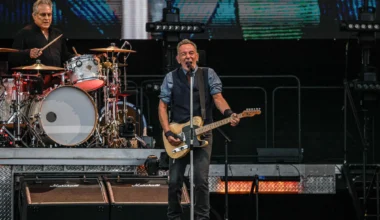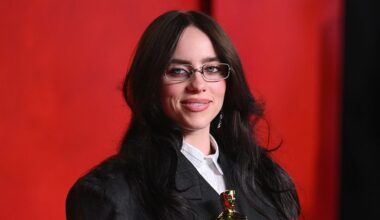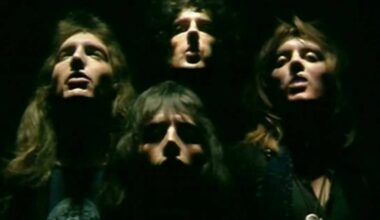Kevin Costner has never shied away from taking big risks, whether as an actor or a filmmaker. Over the years, he has built a career spanning multiple genres, but one particular film served as the foundation for everything that followed. Though it took him time to fully embrace his cinematic destiny, looking back, it’s clear that a formative experience shaped his artistic journey in ways he couldn’t have foreseen.
Interestingly, Costner didn’t step into the western genre until his 11th film, bringing effortless charm to Lawrence Kasdan’s Silverado in 1985. It would take another eight years before he returned to the genre, by which time he was already a Hollywood superstar. Yet, in retrospect, that first taste of the western might have planted a subconscious seed.
Between those two milestones, Costner climbed to A-list status with standout roles in No Way Out, The Untouchables, Bull Durham, and Field of Dreams. But when he finally took the leap into directing, there was only one genre he felt compelled to tackle.
Putting his own money on the line, he made Dances with Wolves, a gamble that paid off spectacularly. The film not only became the highest-grossing western in history but also earned seven Academy Awards, including Best Picture and Best Director. This triumph solidified his relationship with the genre, though it would prove to be an unpredictable one.
His next major financial risk came with Waterworld, often described as a post-apocalyptic western at sea. Then came The Postman, an even more ambitious—yet ultimately disastrous—attempt that took those themes further and severely impacted his career. When he returned to directing, it was with Open Range, another western. His career resurgence? It came with Hatfield & McCoys, a Golden Globe-winning performance in a western. His most significant modern role? Yellowstone, an undeniable western at heart. And his ultimate passion project? Horizon: An American Saga, an epic western he’s been dreaming of for years.
Costner’s deep connection to the western stems from an early love of the genre. He once revealed to Roger Ebert that How the West Was Won was his first unforgettable movie theater experience, later followed by Red River and The Searchers. Those films shaped his appreciation for the complexities of the American frontier.
The 1962 epic How the West Was Won was no ordinary film—it was crafted by legendary directors like John Ford and Henry Hathaway and featured icons such as James Stewart, Lee Van Cleef, Gregory Peck, George Peppard, Henry Fonda, Richard Widmark, Eli Wallach, and John Wayne. For a young Costner, witnessing such a cinematic spectacle left a lasting imprint.
His journey through the western genre has been both rewarding and ruthless, reflecting the very themes these films often explore—ambition, struggle, and perseverance. Yet, a clear throughline connects the wide-eyed boy marveling at How the West Was Won to the seasoned Hollywood veteran willing to risk it all once more for Horizon. It’s not just a career choice for Costner; it’s a calling he simply can’t ignore.






